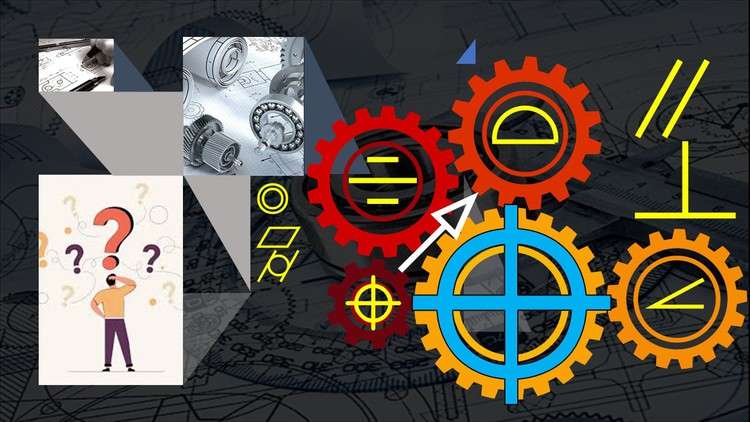
GEOMETRIC, DIMENSIONING, TOLERANCING, GDT, ASME, DATUM, ORIENTATION, ISO 1101, LOCATION, RUNOUT, GD&T, Y14.5, TOLERANCE
What you will learn
Basics of Engineering Drawings and related documentation practices
How to define tolerances to achieve interchangeability
Inspection and related QC Functions (GD&T)
Manufacturing aspects
Dimensional management
ASME Y14.5 standard applications
Description
GD&T Fundamentals teaches a simple framework that allows students to not only understand how GD&T is used, but also why GD&T improves the design, manufacturing & inspection processes. The course is focused on practical knowledge and uses real-world examples. GD&T Fundamentals doesn’t overwhelm students with every GD&T concept – the lessons are designed to teach students only the concepts and terminology necessary to do their jobs better and improve their working accordingly. This course is designed to be very approachable and geared towards everyone from entry-level to those with intermediate experience. To take this training, you should have some experience in a design, production or inspection environment working with engineering drawings. You should also be able to understand how parts are represented and viewed on a print. No prior GD&T knowledge is required, though!
By the time you complete this course, you’ll have gained a mental framework and understanding that simplifies 95% of all GD&T . You would be understanding the main requirements and terminology of the ASME Y14.5 Standard in terms of plain English Learn all 14 major GD&T symbols and understand how to apply the symbols that are useful and to avoid the ones that aren’t. Understand GD&T Feature Control Frames and how they affect manufacturing and inspection Know how Max Material Condition creates bonus tolerance while maintaining a functional part Understand datums and how they are applied on drawings for design, manufacturing, and inspection Understand how GD&T is applied on physical parts and real-world drawings Know best practices and have a realistic approach for using GD&T in your job You’ll leave this course equipped to read, interpret, and understand GD&T on real engineering drawings—and empowered to work more confidently, communicate more clearly, and produce parts more efficiently.
Content